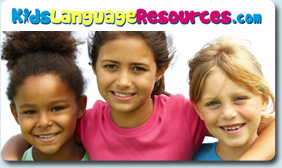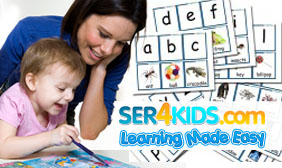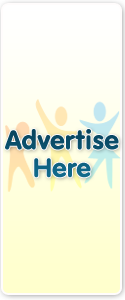Learning Through Play
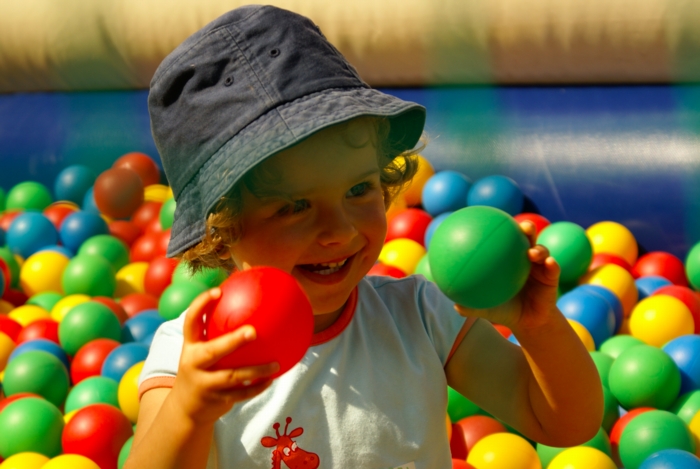
 The opportunities we see as ‘play’ are actually the vital foundations of mathematical and language concept development. Most parents are now both working and choosing other care options for their child. It is very important when choosing the carer for your child they understand what playtime represents and offer a daily routine that is filled with times to explore with a variety of materials that are child directed and not just teacher instructed sitting on the floor or at the table activities. Learning through play is vital to the concept development of children.
The opportunities we see as ‘play’ are actually the vital foundations of mathematical and language concept development. Most parents are now both working and choosing other care options for their child. It is very important when choosing the carer for your child they understand what playtime represents and offer a daily routine that is filled with times to explore with a variety of materials that are child directed and not just teacher instructed sitting on the floor or at the table activities. Learning through play is vital to the concept development of children.
Outdoor Play
Outdoor activities are great opportunities for children to play and learn together. Playing in sand or water develops the basic concepts of volume and capacity – comparing what holds more, estimating how many ‘little’ cups fill the ‘big’ cup. This simple play activity also presents the opportunities to understand the language of more, less, least, most, big, little etc.
Indoor Play
The concept of measurement is boundless in many play activities but building towers with blocks and attaching train tracks together are two obvious opportunities to talk about length and learn language concepts such as longest, shortest, tallest, small, big, short and large.
Jigsaw puzzles may seem like a nice quiet time filler activity but what your child is actually developing is spacial awareness and problem solving skills by trying to choose the correct shaped piece and turn it to fit. Language to share would be upside down, turn it around, flip it over, straight and curvy sides.
Skills or Learnt Tricks
When your child can say the alphabet, trace his name or label colours and shapes at the age of 4 we think they are ‘clever’. This is because we know these ‘skills’ are all rote learnt knowledge or ‘tricks’. We know this because the child doesn’t often understand the concept that underpins what they have learnt eg can read his name by rote identification or first sound identification – like a flash card but can’t identify the individual sounds to use and sound out another word. In other words, they can say it but they often can’t use it yet. ‘Using’ is what we want our child to have more opportunities of in order to develop these learnt tricks. ‘Using’ at a young age is ‘Playing’. Pre-schoolers need to be given large amounts of time to explore and develop the basic foundations in order to then make sense of rote learnt knowledge.
Combining Knowledge with Play = Learning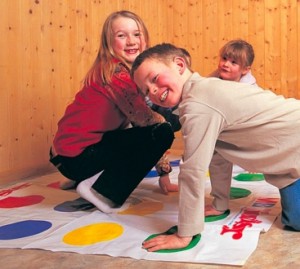
When knowledge and opportunities to explore through play are combined a child can then can go on and learn more developed concepts such as number patterns in a 100 chart and understand it much easier. If they haven’t taken the time to look at patterns in bricks and copy colour patterns eg red hen, yellow duck, green frog, red hen, yellow duck etc they will have lost the opportunity to have developed and explored what ‘patterning’ means – instead they have learnt it as a trick in a hundreds chart so may only associate the patterning with how numbers look in a chart – so later when they need to transfer the skill and use patterns to subtract and add large sums, rounding to the nearest 5’s or 10’s becomes that much harder.
Teaching is about providing opportunities to ‘learn how to learn’. A variety of activities that allow the same knowledge to be applied in a variety of ways is how skills develop a strong base and are at less risk of being forgotten later when the concept needs to be further developed.
So next time your child wants to pull the playdoh out stop and think about what concepts he or she is going to be busy learning while we watch them ‘play’. No wonder they need afternoon naps – they have been making their brains work all day!

 Cart (0)
Cart (0)
